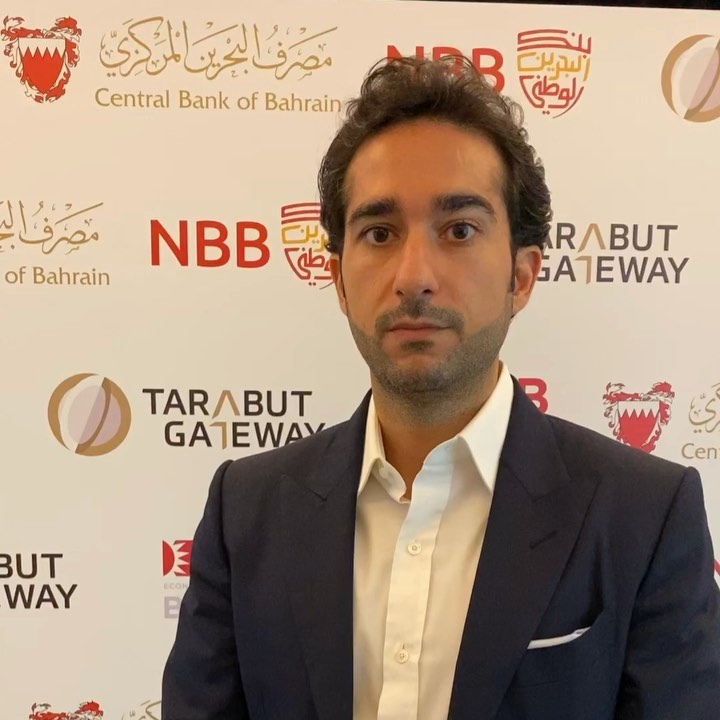
Open Banking, a revolutionary movement that’s taking the world by storm has become synonymous with the digitalization and innovation within the financial sector. In 2019, successful Open Banking platforms like Tink and Plaid are now being valued at 7 and even 8 figures. But what is really behind this billion-dollar phenomenon and why is the world moving towards it?
1. What is Open Banking?
Open Banking is the secure way banking customers can grant or revoke consent to licensed third-party providers (TPPs) to either access their financial data or initiate payments on their behalf. Through allowing access to this data, both banks and TPPs are then able to leverage data science to ultimately create better and more personalized products.
Today, customers expect more personalized and intuitive experiences from businesses across all sectors. Platforms we use daily such as Google and Amazon use this ethos as a fundamental pillar within their businesses; you type half a search and the rest is there for you, or you log into your Amazon account and your book of choice is right in front of you. Unfortunately, the financial services sector has yet to realize the importance of keeping pace with consumer expectations – which is what the Open Banking regulations seek to tackle.
2. What can Open Banking do for me?
Here are some of the best use cases we’ve seen implemented in the UK so far, where Open Banking started:
• Enabling wage transparency
Amidst the challenges presented by COVID-19, the founders of “Covid Credit” saw a challenge for non-salaried workers who were ineligible for government relief. By using Open Banking, they were able to quickly develop a simple process that allows non-salaried workers to generate a proof statement which details their past income and the impact of COVID-19. In practice, this also has the potential to support freelancers and sole traders to access financing products.
• Switching utility providers
In the UK, almost two in three of all energy customers aren’t engaged with their energy supplier and are stuck with expensive Tariffs (source: Ofgem). Hence to solve this issue, Barclays recently partnered up with Open Banking-based utility switching app Youtility to help customers track their utilities and get better deals.
• Finding the best apartment
Price, location, and infrastructure are amongst the most important criteria when looking for an apartment. Canopy and TrueLayer partnered up in 2018 to use Open Banking data not only to make affordable credit more accessible, but also to help customers find the best possible apartment based on their actual spending preferences. Shopping at Carrefour, Walmart or Tesco? The ideal apartment should have one of those nearby.
3. How will service providers access customers’ data? Is it safe?
There are primarily two methods of how customers data can today be accessed:
• Application Programming Interface (APIs): APIs are software systems used by institutions to “talk” to each other. Through this safety mechanism, customers’ information is encrypted and securely passed from financial institutions to the licensed service providers or vice versa without customers needing to share their personal login credentials with anyone but their bank. This method supports a built-in consent management system that allows all bank customers to view, grant, and revoke their consents at all times.
• Credential Sharing (also known as “ScreenScrapping”): an older method used to access data, whereby the customer passes their login details to an “unlicensed/unverified” entity. In this case, the TPP accesses the clients’ data on their behalf, and typically stores their username and password for future access. As security and identity management are both becoming key drivers in the world of Open Data, this practice is becoming obsolete and no longer supported in most advanced jurisdictions.
With credential sharing now obsolete, an API-first, biometric driven approach is being adopted globally to support the limitless opportunities that Open Banking can unfold. Here’s where the role of regulators becomes vital.
Having now seen the first set of Open Banking regulations in MENA, passed by the Central of Bahrain, we believe this paradigm shift is inevitable and will soon give all residents in MENA full ownership over their financial data whilst adopting the highest API and security standards ensuring continued robustness.
4. New opportunities: What is the real value of Open Banking?
Open Banking will evolve the financial services industry toward being hyper-personalized and will give dynamic banks a fresh opportunity to expand their offerings, while extending their infrastructure to offer deeper collaboration with API based FinTechs.
5. Is Open Banking active in the MENA region yet?
While Bahrain was the first to kick start the Open Banking movement in MENA back in 2019, big strides are being taken by all neighboring regulators to support this initiative.
Driven by Tarabut Gateway, the first licensed Open Banking platform in the region, the base standards have been set for a major evolution within the financial services sector in MENA. Most exciting of all, the introduction of this phenomenon only offers a glimpse of the endless opportunities and exciting partnerships that will unfold.
Source: https://magnitt.com/
 iTechBahrain Information Technology Digital Marketing Web & Mobile Development Services
iTechBahrain Information Technology Digital Marketing Web & Mobile Development Services